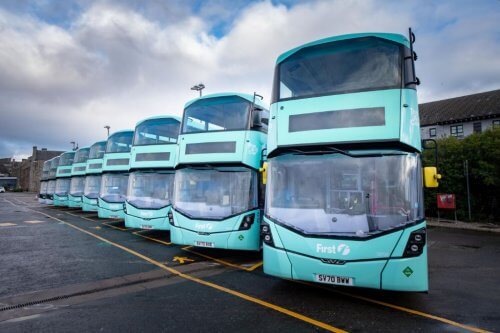
In late 2020, Aberdeen received the first of its fleet of hydrogen-powered double-deckers. CBW takes a closer look as the vehicles enter public service for the first time
The world’s first fleet of double-decker hydrogen buses officially launched into service on Thursday 28 January in Aberdeen. Exclusively test driven by CBW in November last year, the buses are operated by First Aberdeen in a joint project with Aberdeen City Council. The first of their kind to enter service, ahead of others planned for Birmingham, London and Belfast, the Wrightbus hydrogen buses represent a major step forward in reducing the effects of climate change, and make Aberdeen a showcase for cities across the world which demonstrates how far innovation in the transport industry has come.
[…]
By subscribing you will benefit from:
- Operator & Supplier Profiles
- Face-to-Face Interviews
- Latest News
- Test Drives and Reviews
- Legal Updates
- Route Focus
- Industry Insider Opinions
- Passenger Perspective
- Vehicle Launches
- and much more!


